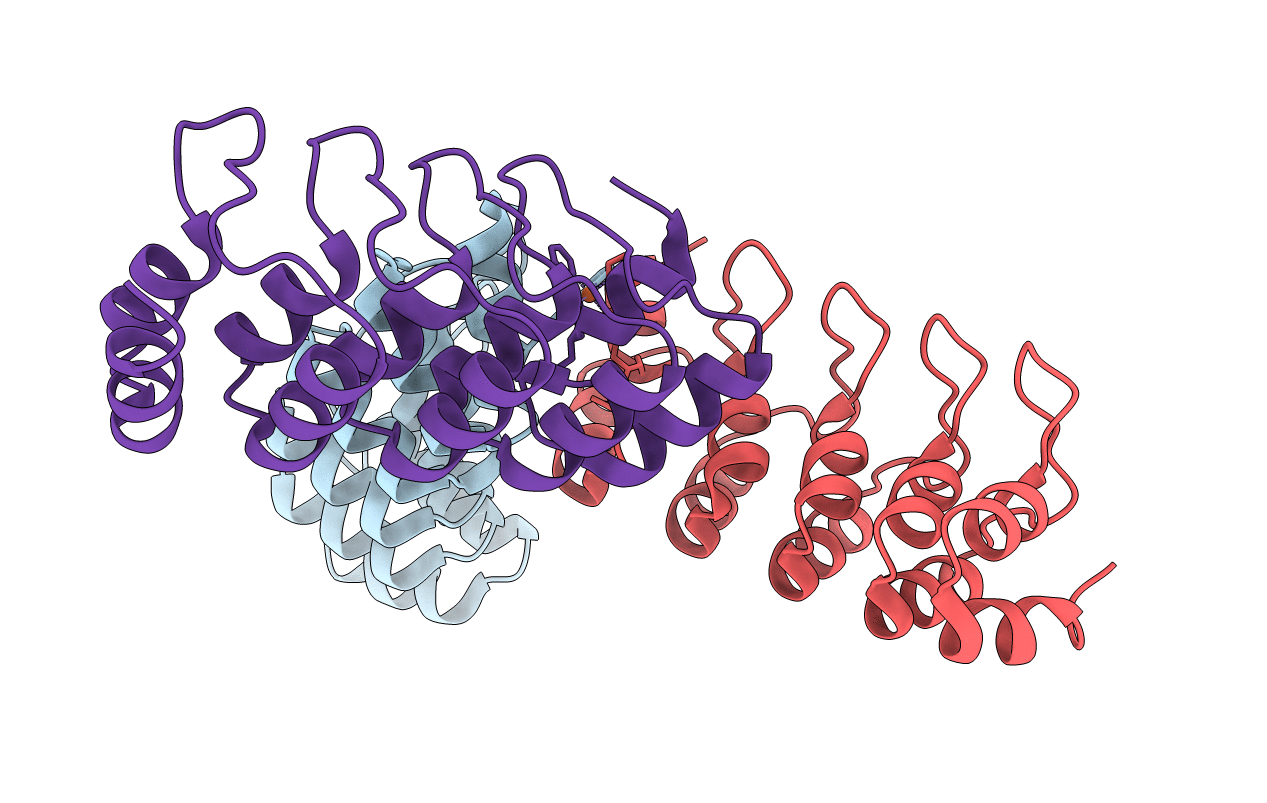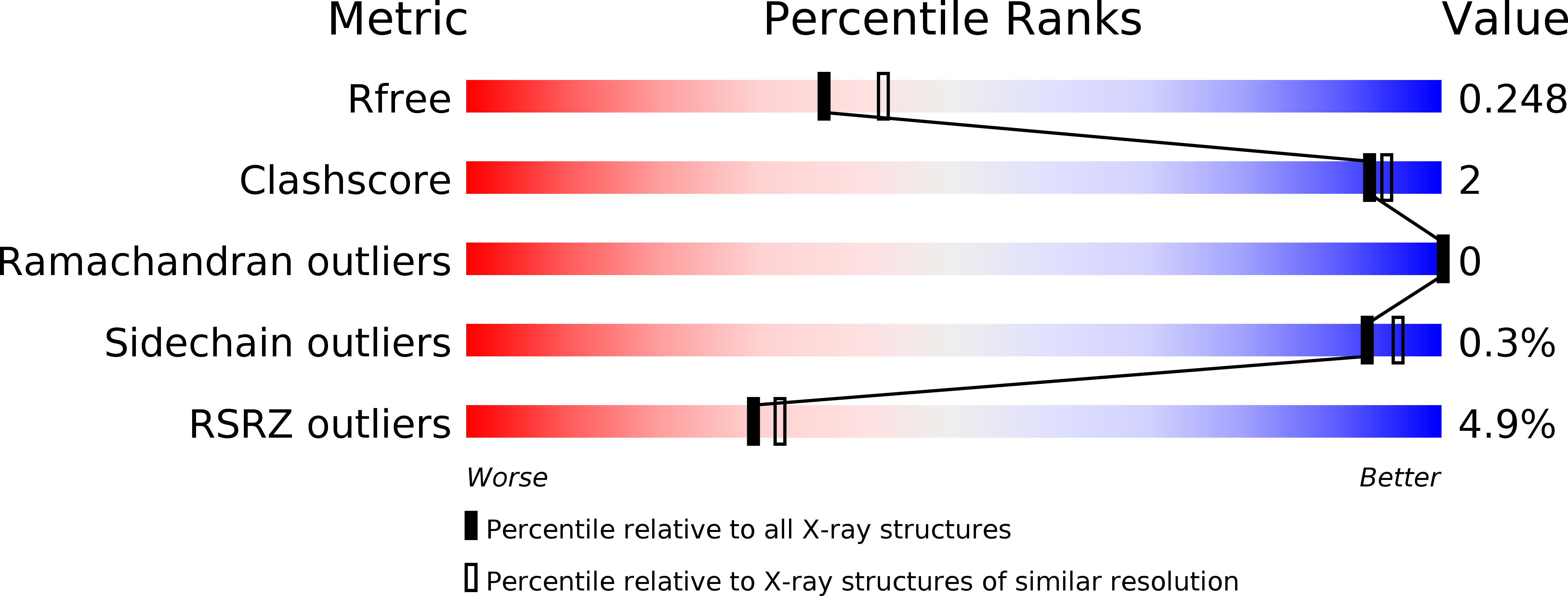
Deposition Date
2015-10-30
Release Date
2016-11-16
Last Version Date
2023-11-15
Entry Detail
PDB ID:
5EIL
Keywords:
Title:
Computational design of a high-affinity metalloprotein homotrimer containing a metal chelating non-canonical amino acid
Biological Source:
Source Organism:
synthetic construct (Taxon ID: 32630)
Host Organism:
Method Details:
Experimental Method:
Resolution:
2.25 Å
R-Value Free:
0.24
R-Value Work:
0.21
R-Value Observed:
0.21
Space Group:
P 1 21 1


